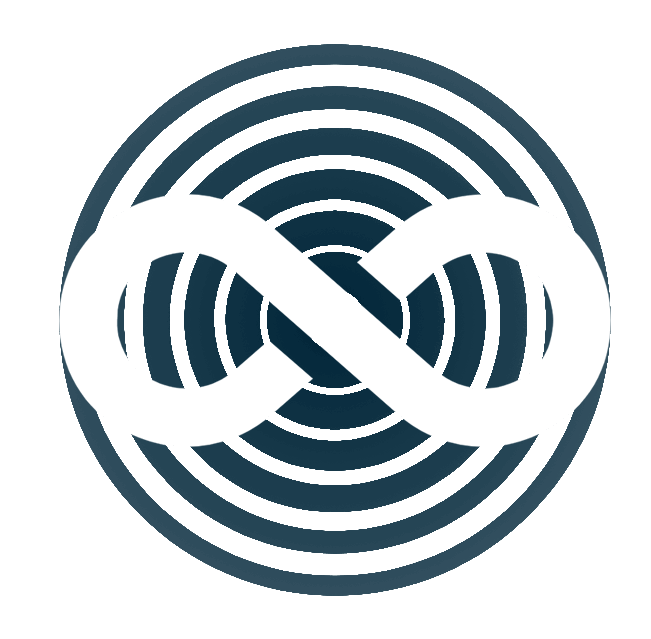As healthcare systems worldwide grapple with escalating cybersecurity threats, fragmented data infrastructures, and growing demands for patient autonomy, blockchain technology emerges as a foundational solution. This possibility explores how immutable cryptographic ledgers can redefine the security, interoperability, and governance of patient data. By integrating blockchain with emerging technologies such as AI, IoT, and DeFi, a new paradigm of patient-centered, secure digital health ecosystems becomes increasingly viable

The healthcare industry stands at a critical juncture, where the exponential growth of data, the increasing complexity of digital health ecosystems, and the intensifying demand for privacy and interoperability converge. Among the most transformative technologies emerging in this context is blockchain. Originally designed to support decentralized cryptocurrencies, blockchain’s intrinsic characteristics—immutability, cryptographic security, and distributed consensus—have expanded its applicability far beyond finance. In healthcare, these features offer a new paradigm for managing, securing, and sharing sensitive patient information, from DNA sequences to real-time biometric data and complex medical records.
Today, healthcare data includes an unprecedented volume and diversity of information: structured electronic health records (EHRs), high-throughput genomic sequences, diagnostic imaging, real-time data streams from wearable devices, insurance claims, and behavioral health metrics. Yet this wealth of information is frequently fragmented across siloed systems, often inaccessible when and where it is most needed. Furthermore, centralized storage models expose patient data to systemic vulnerabilities, such as single points of failure, data breaches, ransomware attacks, and internal misuse. In 2023 alone, the healthcare sector suffered some of the costliest data breaches, averaging over $10 million per incident, while also facing regulatory penalties and the erosion of public trust.
Conventional database architectures, even when reinforced with firewalls and intrusion detection systems, fall short in preventing unauthorized data manipulation or access. In addition, the healthcare sector is constrained by outdated infrastructure, interoperability limitations, and regulatory compliance burdens that hinder the adoption of more dynamic data-sharing models. This combination of risks and inefficiencies necessitates a structural transformation in how data is managed—a transformation that blockchain is uniquely positioned to deliver.
Blockchain introduces a decentralized, append-only ledger that maintains a chronological and tamper-resistant record of transactions distributed across multiple nodes in a peer-to-peer network. When applied to healthcare, this enables a system where patient data can be securely indexed, verified, and shared without reliance on a centralized authority. Importantly, blockchain-based systems can offer granular access control through public-private key encryption and smart contracts, allowing patients to act as sovereign custodians of their own medical histories.
Rather than storing raw medical files directly on-chain—which is technically infeasible and inefficient—blockchain frameworks in healthcare typically implement a layered architecture. Large datasets such as genomic profiles, radiological images, or detailed EHRs are stored off-chain in encrypted form, whether on hospital servers, secure cloud platforms, or distributed storage networks like IPFS. The blockchain ledger itself is used to record cryptographic hashes of these files, access logs, timestamps, and metadata pointers. This approach provides verifiable proof of data integrity and provenance without exposing the content to potential surveillance or tampering. Moreover, when a patient grants access to their data, the authorization is executed through programmable smart contracts that automate consent verification, log the access event immutably, and enforce policy conditions.
From a security perspective, blockchain’s decentralized topology significantly mitigates the threat landscape. By eliminating centralized repositories, the system becomes resilient to targeted attacks and internal data exfiltration. The immutability of blockchain records ensures that once data-related transactions are confirmed by consensus mechanisms (e.g., Proof-of-Stake or Practical Byzantine Fault Tolerance), they cannot be retrospectively altered or deleted without collusion among network validators. Combined with advanced cryptographic techniques such as zero-knowledge proofs (ZKPs), homomorphic encryption, and secure multi-party computation (MPC), blockchain-based systems can achieve both transparency and confidentiality, which are often seen as trade-offs in traditional architectures.
One of the most profound implications of blockchain in healthcare is the shift toward patient-centric data governance. Historically, patients have had limited visibility or control over how their personal health information is stored, accessed, or monetized. Blockchain redefines this relationship by enabling self-sovereign identity models, where individuals manage access through digital wallets that store private keys and consent tokens. In practical terms, a cancer patient could share specific segments of their genomic profile with a research institute for a limited time, under specific conditions, while withholding unrelated information. Emergency responders could be granted temporary access to vital records via time-bound smart contracts, while insurers could verify claims without retrieving the full underlying data.
Furthermore, the integration of blockchain with other frontier technologies enhances its utility in the broader digital health ecosystem. Artificial intelligence algorithms trained on blockchain-verified datasets can provide more accurate predictive models, clinical decision support tools, and personalized therapies with greater accountability. Wearable IoT devices can feed biometric data directly into blockchain networks, ensuring traceability from data generation to clinical intervention. In parallel, decentralized finance (DeFi) tools running on healthcare-specific blockchains could streamline insurance claims processing, enable outcome-based reimbursement models, and offer patients tokenized incentives for participating in preventive care or clinical trials.
Several real-world implementations underscore the viability of these concepts. Estonia’s national eHealth infrastructure, underpinned by blockchain, allows citizens and healthcare professionals to access medical records with unparalleled security and efficiency. Research prototypes like MIT’s MedRec and the MedChain initiative demonstrate the feasibility of permissioned blockchain networks in maintaining interoperable, audit-ready health records while complying with data protection regulations such as HIPAA and GDPR.
However, the path toward widespread blockchain adoption in healthcare is not without obstacles. Scalability remains a major technical challenge, particularly for high-throughput environments such as national health systems or genomic databases. Legacy IT systems must be retrofitted or replaced to integrate with blockchain infrastructure, requiring substantial investment and cross-sector collaboration. Regulatory frameworks must evolve to accommodate decentralized data governance models, while ensuring that ethical principles—including informed consent, equity of access, and non-discrimination—are not compromised.
Nonetheless, the trajectory is clear. As digital health continues to evolve, the ability to ensure the security, integrity, and sovereignty of patient data will become foundational to trust in the healthcare system. Blockchain, with its unique combination of cryptographic guarantees and decentralized logic, is poised to be a critical enabler of this future. Far beyond a tool for secure storage, it represents a new institutional logic for how data can be governed, monetized, and shared in ways that prioritize the rights and interests of individuals, while unlocking new efficiencies across the healthcare value chain.

